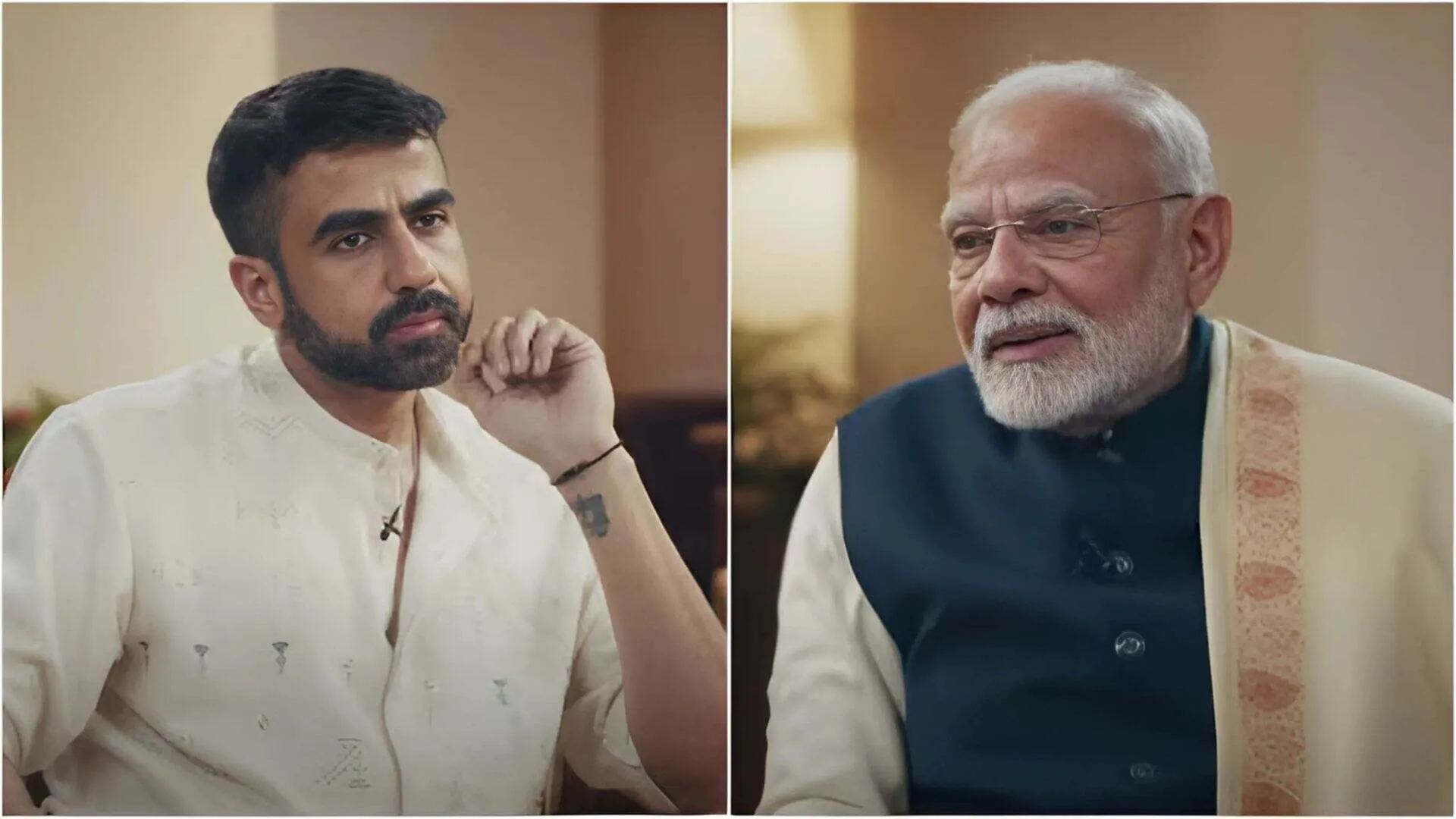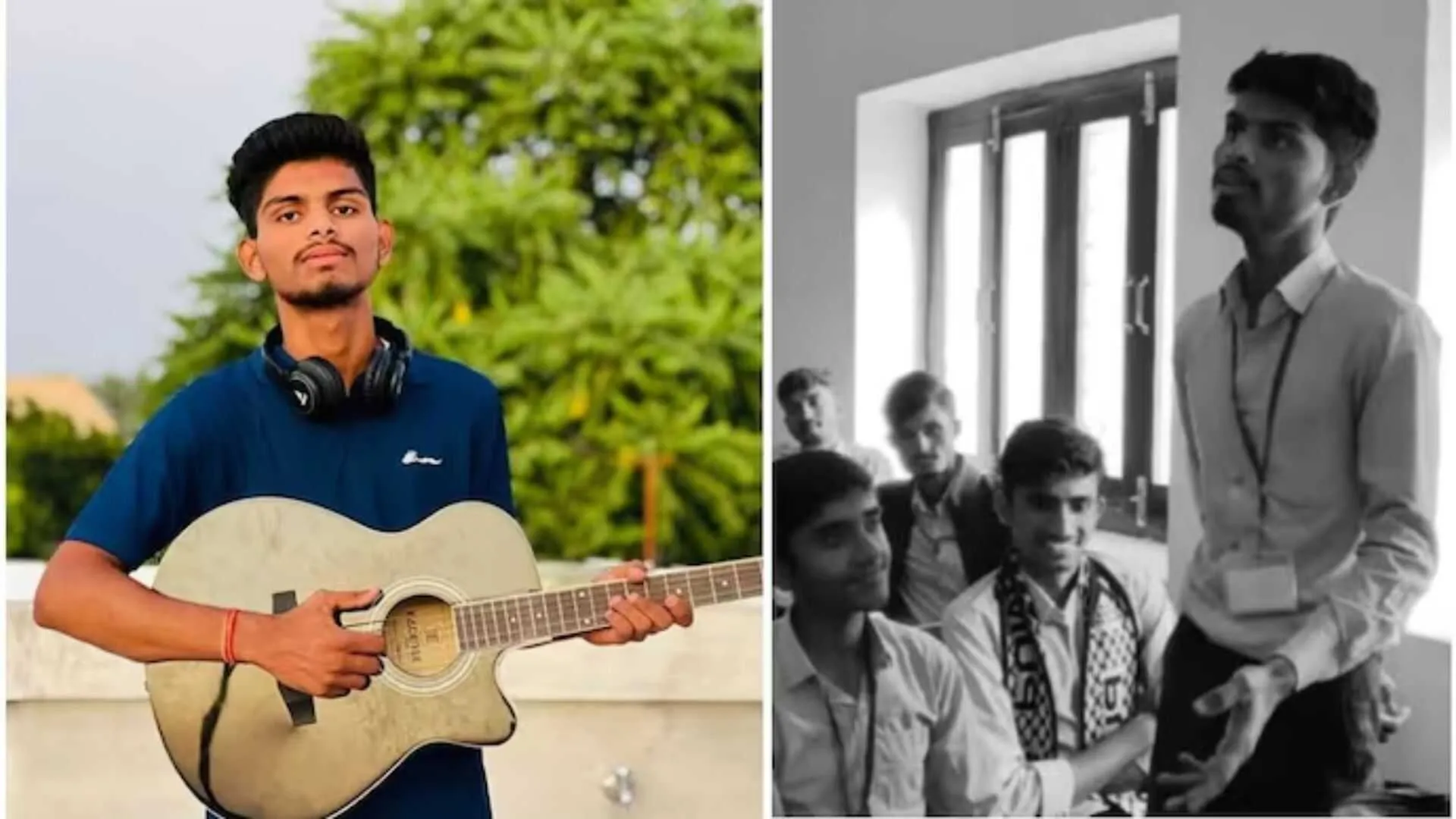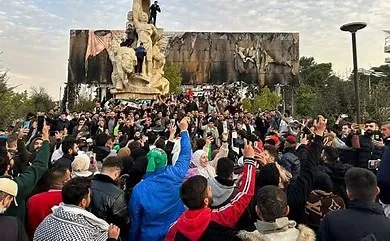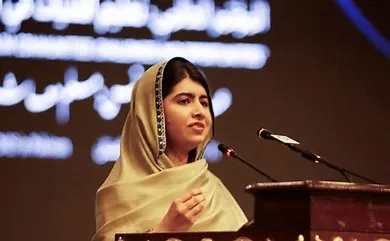A video featuring an Indian Madarssa student making a controversial statement about the moon and the Earth has taken the internet by storm. In the video, the student claims that according to the Quran, the moon is larger than the Earth and that sunlight actually originates from the moon, not the sun. This statement has left viewers baffled, sparking intense debates online about science, education, and religious interpretations.
The Viral Statement
“Quran says, Moon is bigger than Earth… & sunlight comes from Moon.”
– Indian Madarssa Student
Islam brought science to the world.pic.twitter.com/n7KXFmQv9T
— Pakistan Untold (@pakistan_untold) October 21, 2024
In the viral video, the young student confidently explains that “the Quran says the moon is bigger than the Earth, and the sunlight comes from the moon.” The statement has caught widespread attention, particularly because it contradicts basic scientific knowledge. The video has been shared widely on social media platforms, with many reacting to the student’s bold assertions.
Online Reactions Pour In
The student’s claim has ignited a wave of reactions. While some viewers expressed concern about the student’s understanding of basic science, others highlighted the importance of educational reform in religious institutions like Madarssas. A portion of social media users defended the student, emphasizing that historical interpretations of religious texts often differ from modern scientific perspectives.
One Twitter user remarked, “It’s concerning that young students are being taught incorrect science. Education should aim to clarify, not confuse.” Others, however, defended the student’s beliefs, stating, “Islam brought science to the world. There’s more to understand beyond modern teachings.”
A Debate on Science and Religion
The video has reignited the ongoing conversation about the role of religion in education, particularly in Madarssas. Many pointed out that Islam, historically, has been a significant contributor to scientific knowledge, particularly during the Golden Age of Islamic science. However, this incident has led to calls for modernizing religious education and ensuring that students are taught accurate scientific facts alongside religious studies.
As the video continues to circulate, the student’s claims have stirred debate, raising questions about the balance between faith and education in modern society.























